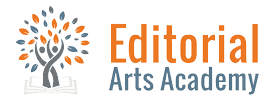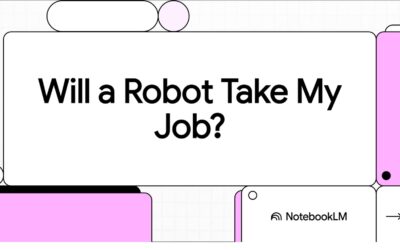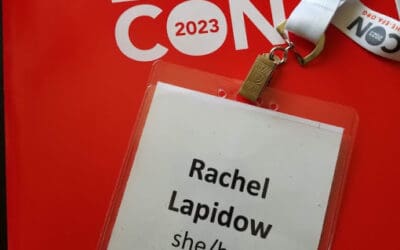Editor’s note: This is a guest post by editorial professional and EAA Instructor Pat Dobie.
Editing can be thrilling?
Yes!
If you love books, love to read, and love to help writers, then developmental editing might be the perfect job for you.
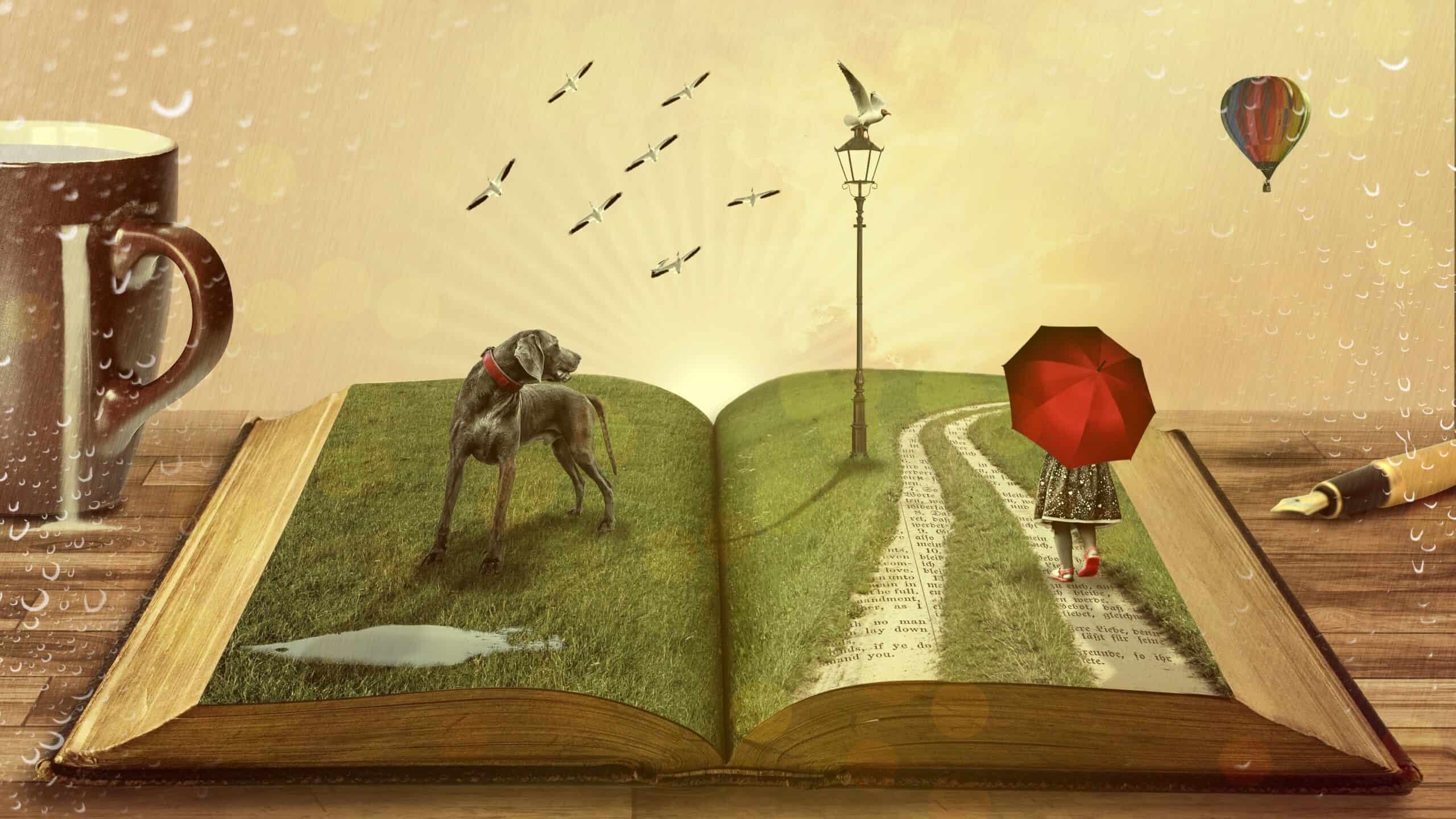
Year 0: What Is Developmental Editing, Anyway?
I came to editing from the writing side, having written four novels so bad that I decided to go back to school to study the craft. I’d never heard of developmental editing. Even by the end of my two-year writing program, I didn’t know what editors did.
It wasn’t until I had graduated and was looking for work that didn’t involve as much travel as my previous career that I realized that a) developmental editing was a thing and b) I could learn how to do it.
Developmental editing addresses big-picture aspects of a novel, such as premise, concept, structure, narrative arc, plot, character arc, point of view, tension and pacing, world-building, and genre expectations.
Sometimes developmental editing is described as a manuscript evaluation, a reading report, or a critique. Sometimes it’s called “book doctoring.” It can happen at any stage in the writing process—on a complete manuscript, an early draft, even on a partial manuscript or an outline.
The goal is to delve into the manuscript, analyze these big-picture aspects of the reading experience, and discover what works (strengths) and what needs work (weaknesses). If you’re an editor, how you achieve that goal is up to you.
Year 1: How Do You Developmentally Edit a Novel?
Developmental editing can seem like quite a mysterious process, and it certainly was for me the first several times I did it. In the first year of editing, I spun my wheels quite a bit. With each edit, I was learning how to gain the maximum amount of insight in a reasonable amount of time, and how to convey my findings truthfully, while motivating the writer to revise.
I was realizing that since reading is so subjective, I had to support my recommendations with lucid analysis. As a writer myself, I wanted to give options for how any given issue with the novel could be addressed. I was also learning how to manage my time in a deadline-oriented business.
Most importantly, I was discovering how to help clients feel safe and positive about what I was doing with their book.
I was developing a system, although I didn’t think of it that way at the time!
Year 2: Some Crucial Realizations
My early edits had a lot of heart and were generous with analysis and advice. That’s probably why I stayed in business. But they were also time-consuming and stressful. Some of my editorial letters were ridiculously long. I didn’t offer book maps as part of the service, although I’d been doing them (or a version of them) for my own writing for years. I didn’t offer a post-edit call, though I soon realized it could be an important part of the writer’s experience.
Right from the beginning, I worked cross-genre—literary and upmarket commercial fiction, science fiction, romance, historical fiction, fantasy, alternate history, middle grade & young adult.
Each genre has its own characteristics and tropes. Both the editor and the writer need to be aware of reader expectations. But novels are novels, and the process is the process.
For the first few years of being an independent editor, I got most of my work through the EFA job list postings. If you’re not familiar with the EFA job list, it’s a service the Editorial Freelancers Association offers to writers who’re looking for editors.
Despite being a novice editor, I got more than 90% of the gigs I applied for, partly because I offered a free sample edit—yes, you can do effective sample edits for a developmental edit—and partly because I had developed a good system for building trust and onboarding clients.
Years 3-5: A System is Born
Five years into becoming a developmental editor I was booked all the time, sometimes months in advance. I had figured out how to manage my time and had never missed a deadline. I had developed a process for writing an effective editorial letter. This wasn’t a soup-to-nuts roundup of everything I noticed. Instead, it was a high-level analysis of what worked and what needed work, with targeted suggestions for revision that would get the MS to the next level. I was also doing book maps, which are invaluable for getting big-picture insights on things like plot, pacing, and cause/effect.
I was figuring out how to use my website and profiles to build more trust, how to describe and price my services, and how to spot red flags. I got good at kindly send clients elsewhere if I didn’t think we were a good fit.
Most of my clients came by referral or through my profiles on websites like the Editorial Freelancers Association. I worked with about 50% self-publishing writers and 50% writers looking for traditional publishing. Many of my clients were writing series books, so I trained myself up on the grammar and punctuation end and offered all levels of editing – developmental, line editing, and copyediting.
Years 6-10: Context-Gathering and Skill-Honing
It’s weird that it took me this long, but around 5 years in, I realized I also had to educate myself on the publishing landscape to better serve clients. I started reading industry publications and made a point of noticing the publisher, imprint, year, and category for every book I read outside of work (hundreds, due to my being a compulsive reader).
In 2019 I self-published Fiction Editing: A Writer’s Roadmap, with the goal of demystifying my work and helping writers navigate the world of paid editorial help. (To my great good fortune, this led to Susannah asking me to develop the Developmental Editing for Fiction course with Editorial Arts Academy!)
These years might be analogous to a wilderness explorer learning the full gamut of survival skills to the point where they can turn around and teach those skills to others venturing out into similar terrain. If that ain’t thrilling, I don’t know what is!
Years 10 & Onward: The Thrills Continue!
I’m not being tongue-in-cheek, here. Developmental editing is one of the most thrilling pursuits an avid and committed reader can engage in. You get to read things nobody else has read, examine them from every angle, form an opinion on what works and what needs work, and help make better books and better writers, one book at a time.
Your contribution can mean the difference between a successful book and one that never sees the light of day. In that way, you change people’s lives—not just the writer’s, but all those people who get to read their book.
Fourteen years since that first editing gig, I’ve learned how to work smarter, give better help, and spend my days in this thrilling pursuit that uses all of me. Some of my early clients are still with me, especially the series writers. (I’m now on the twelfth, tenth, ninth, and fifth book, respectively, for four different writers!)
Every professional role changes over time, and how I work is no exception. I work on fewer MSs a year, do more teaching, cohost a podcast for creatives, and yes, I still write books myself. (Developmental editing has taught me a lot about how to write a good book.)
In the wider world, many other things have changed, too. I don’t know if the world is factually any weirder than it used to be, but it sure feels that way. Publishing is pretty stable in many ways, but not all. AI is on the scene, traditional publishing is very much about the bottom line, and hybrid presses are morphing to fill the gap between traditional and DIY self-publishing.
Happily, people are still reading! They’re reading more than ever. The number of books being published every year grows and grows, and it doesn’t seem to be slowing down. This thrill ride is nowhere near over.
What About You?
If you’ve ever had a big-picture thought about a book you’re reading, if you love stories and wish there were more good ones out there, developmental editing might be the perfect job for you.
On the purely practical end, it can be done remotely, you can set your own hours, and you don’t need an egregious amount of equipment or software.
But the intangibles are far more important. Every avid reader knows the life-changing impact a meaningful story can have. Why not help bring more of them into the world?
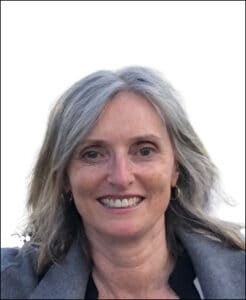 Pat Dobie is a writer, editor, and teacher who grew up on the traditional, unceded territory of the xʷməθkʷəy̓əm (Musqueam), Skwxwú7mesh (Squamish), and səl̓ilwətaɁɬ / sel̓íl̓witulh (Tsleil-Waututh) Coast Salish peoples (now known as Vancouver, BC). She’s a two-time winner of the International 3-Day Novel Contest, a past finalist for the Historical Novel Society’s New Novel Award, and 2016 recipient of the June Dodge Fellowship from Mineral School Residency. Her other books include Fiction Editing: A Writer’s Roadmap and Pawn to Queen.
Pat Dobie is a writer, editor, and teacher who grew up on the traditional, unceded territory of the xʷməθkʷəy̓əm (Musqueam), Skwxwú7mesh (Squamish), and səl̓ilwətaɁɬ / sel̓íl̓witulh (Tsleil-Waututh) Coast Salish peoples (now known as Vancouver, BC). She’s a two-time winner of the International 3-Day Novel Contest, a past finalist for the Historical Novel Society’s New Novel Award, and 2016 recipient of the June Dodge Fellowship from Mineral School Residency. Her other books include Fiction Editing: A Writer’s Roadmap and Pawn to Queen.
Pat’s an ally of the LGBQT+ community and a believer in “learn by doing.”
She blogs about writing and teaches courses through A Writer’s Roadmap. Her popular classes in fiction editing are available through Editorial Arts Academy.
In her work as an independent book editor, Pat’s clients have gone on to get agents, achieve traditional publication, self-publish successfully, and win awards. Visit her website at https://lucidedit.com.
